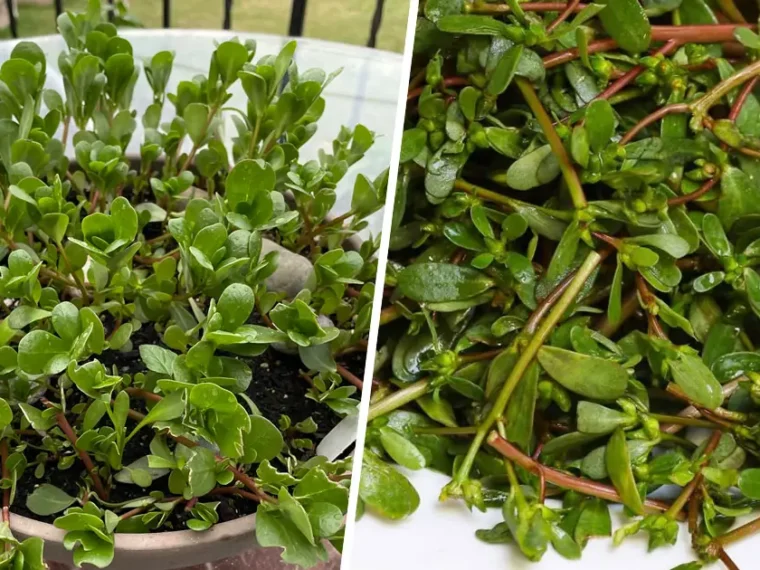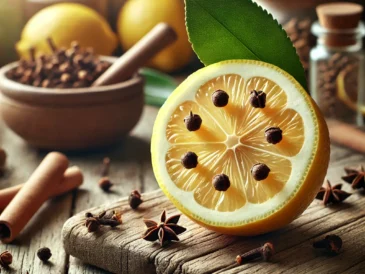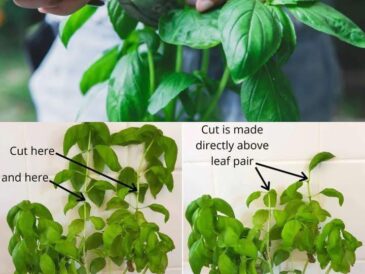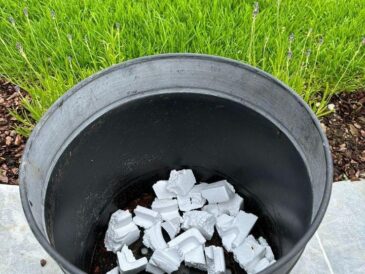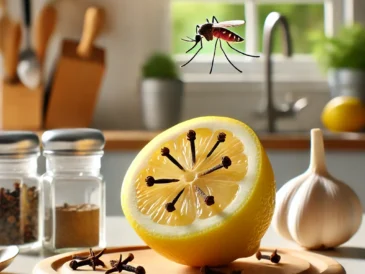Often dismissed as a pesky weed, purslane (Portulaca oleracea) is a low-growing, succulent plant with small, fleshy leaves and bright yellow flowers. It thrives in gardens, sidewalks, and even cracks in pavement. While many gardeners consider it an annoyance, purslane is a nutritional and medicinal powerhouse that deserves a spot in your kitchen and natural remedies. Here are eight compelling reasons why you should think twice before pulling it out and start using it instead.
1. Rich in Nutrients
Purslane is packed with essential vitamins and minerals. It’s a significant source of:
- Omega-3 fatty acids: Rare in plants, these are vital for heart and brain health.
- Vitamin A: Supports vision, skin health, and immune function.
- Vitamin C: Boosts immunity and acts as an antioxidant.
- Magnesium, calcium, and potassium: Crucial for bone health and muscle function.
In fact, purslane is often called a “superfood” due to its dense nutrient profile.
2. Exceptional Source of Omega-3 Fatty Acids
Unlike many plants, purslane is rich in alpha-linolenic acid (ALA), a type of omega-3 fatty acid. Regular consumption of omega-3s can reduce inflammation, lower cholesterol levels, and support cardiovascular health. This makes purslane an excellent plant-based alternative for those who don’t consume fish.
3. Edible and Delicious
Purslane’s slightly tangy, lemony flavor makes it a versatile addition to your diet. You can:
- Add it to salads for a refreshing crunch.
- Cook it like spinach in soups and stir-fries.
- Use it as a garnish on sandwiches or tacos.
- Blend it into smoothies for a nutrient boost.
Its taste pairs well with a variety of dishes, making it a hidden gem in the culinary world.
4. Medicinal Benefits
Purslane has been used in traditional medicine for centuries. Some of its health benefits include:
- Anti-inflammatory properties: Helps soothe conditions like arthritis.
- Wound healing: Crushed purslane leaves can be applied to minor wounds or insect bites.
- Digestive aid: Promotes gut health and alleviates constipation.
- Antioxidant-rich: Protects cells from oxidative stress, reducing the risk of chronic diseases.
5. Easy to Grow and Maintain
Purslane thrives in poor soils, needs minimal water, and grows rapidly. You can cultivate it in your garden as a low-maintenance crop.
- Tolerates heat and drought: Ideal for arid climates.
- Spreads quickly: Provides ground cover and prevents soil erosion.
Instead of pulling it out, consider harvesting and incorporating it into your meals.
6. Improves Soil Quality
Purslane is a natural soil improver. Its roots penetrate deep into the soil, helping to:
- Break up compacted earth.
- Bring up nutrients from deeper layers to the surface.
- Retain soil moisture due to its succulent properties.
By allowing purslane to grow, you can enhance the health of your garden ecosystem.
7. Affordable and Sustainable Food Source
Why spend money on exotic greens when you have purslane readily available? Harvesting and consuming purslane:
- Reduces food waste.
- Provides a free, organic source of nutrients.
- Lowers your environmental footprint by utilizing a plant that grows naturally and abundantly.
8. Supports Pollinators
Purslane flowers attract bees, butterflies, and other beneficial insects. These pollinators are essential for the health of your garden and the larger ecosystem. By allowing purslane to flourish, you create a welcoming habitat for these vital creatures.
How to Use Purslane
TO CONTINUE READING THE ARTICLE PLEASE SEE PAGE 2
